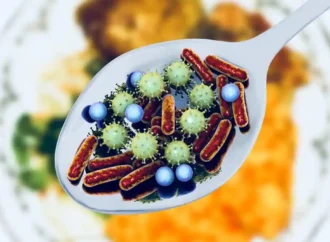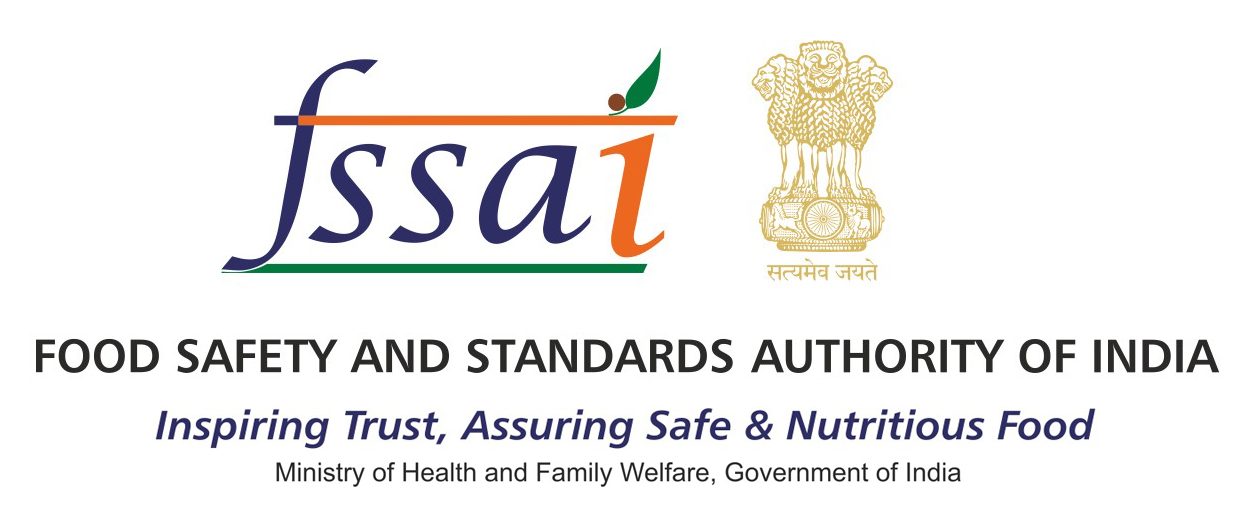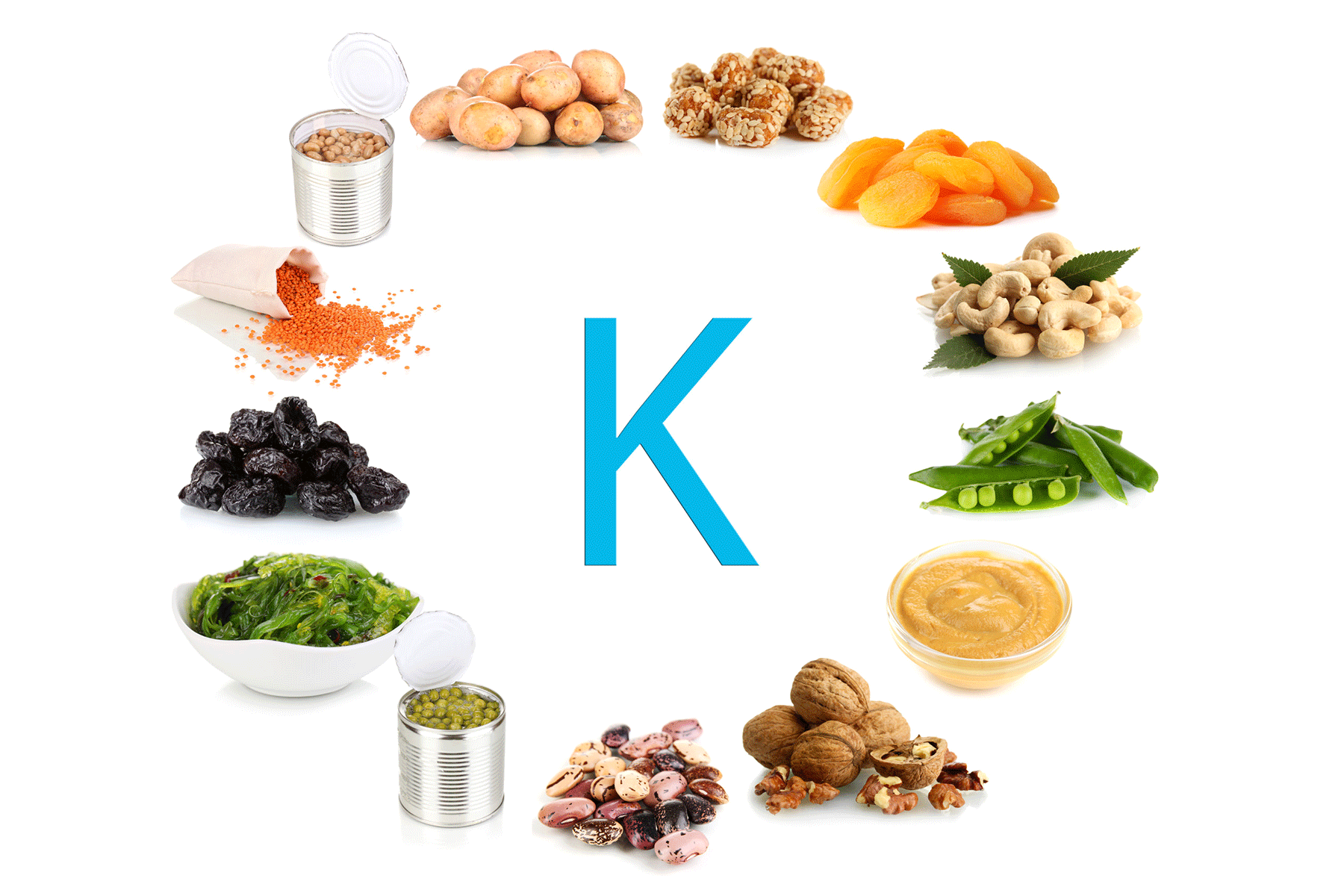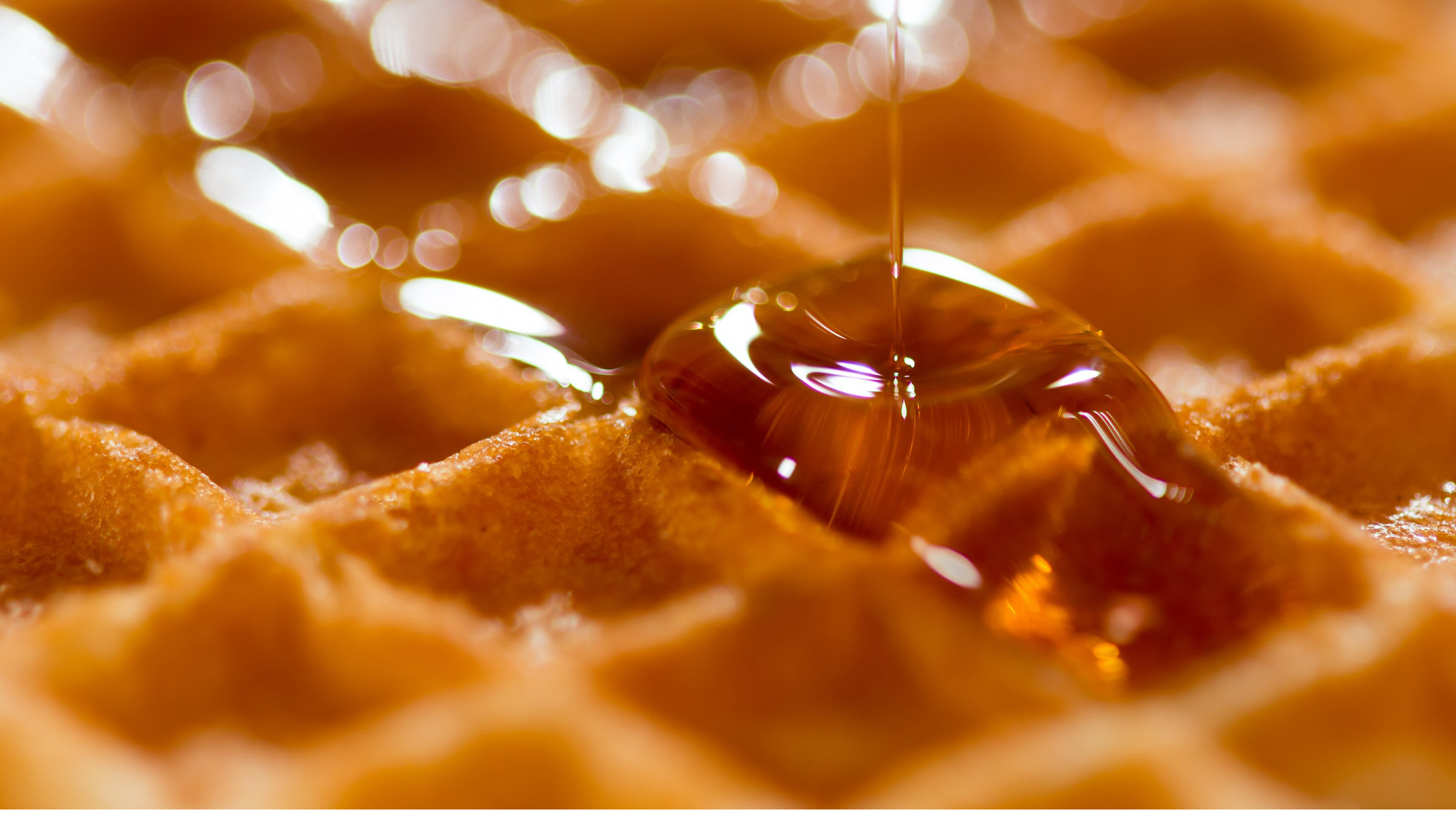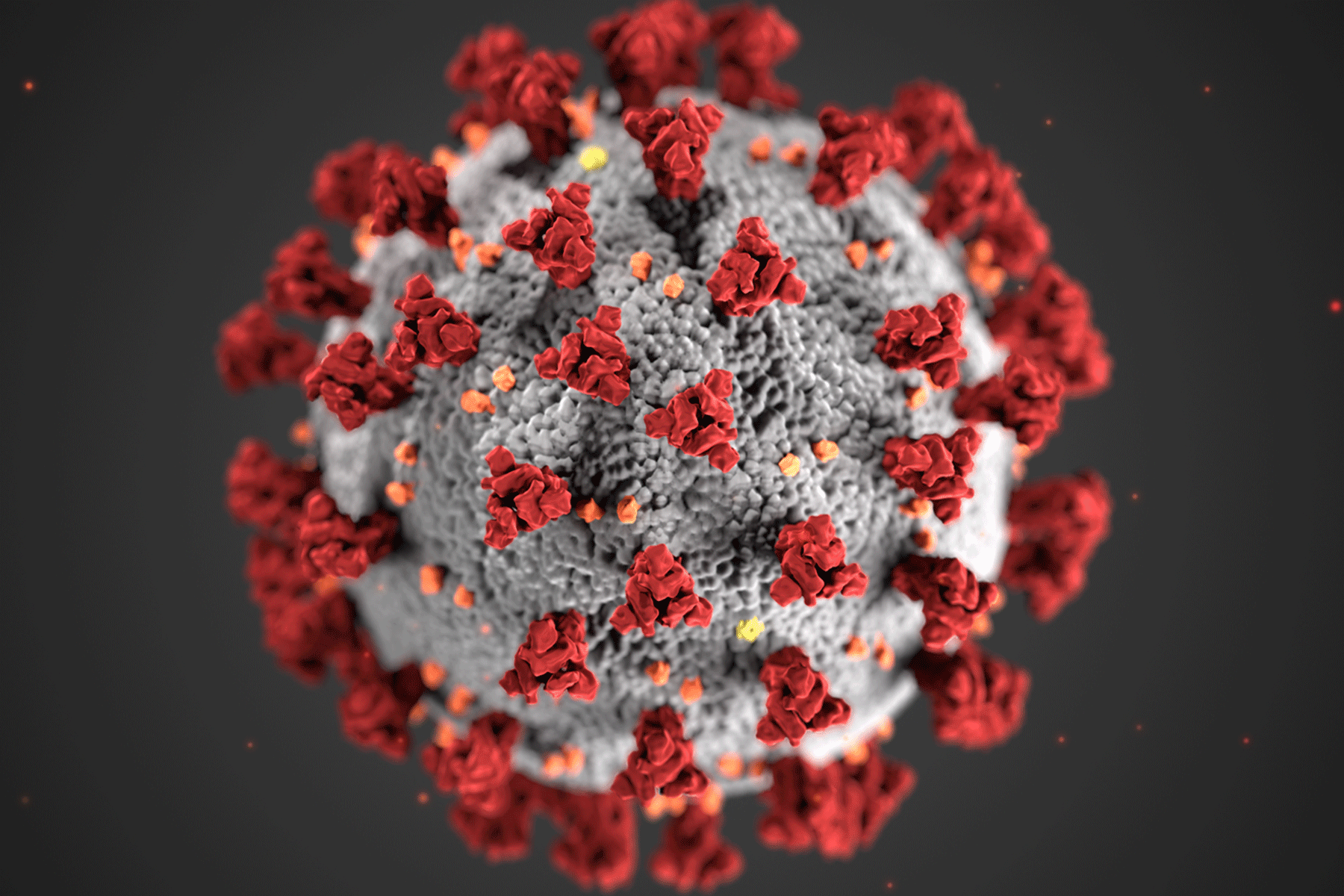Report
Scientists at Chalmers University of Technology in Sweden have developed a novel packaging method that lowers mercury levels in canned tuna by 35%, addressing a major health concern associated with consuming the fish. The research team created an active packaging system that utilizes a water-based cysteine solution to interact with the fish and reduce mercury contamination. This advancement could significantly enhance food safety, minimizing the risks linked to mercury exposure in tuna.
The World Health Organization (WHO) has identified mercury as one of the ten most dangerous substances for human health. This updated packaging system could offer a safer product for consumers, particularly for vulnerable groups such as pregnant women and young children.
From Silica Coating to Cysteine Solution
Initially, the researchers considered using a silica coating to capture mercury. However, this method proved ineffective due to the strong bond between mercury and the proteins in tuna tissue. Instead, they turned to cysteine, a sulfur-containing amino acid, which has shown promising results in reducing mercury concentrations.
Testing and Key Findings
During the study, the researchers tested various types of tuna, including fresh, lab-steamed fillet and minced tuna, as well as store-bought canned tuna. They found that the cysteine solution’s effectiveness depended on the fish’s surface area exposure. The greatest reduction—35%—occurred in canned minced tuna, which had the highest exposed surface area.
A Step Toward Safer Food
Mehdi Abdollahi, Associate Professor at Chalmers University and coordinator of the Detoxpak project emphasized the potential of this innovation. “Our research shows that mercury contamination in tuna can be addressed through alternative methods, rather than simply limiting its consumption,” he stated.
“Our goal is to improve food safety, promote better human health, and optimize the use of food that is currently subject to restrictions,” he added. The researchers also noted that mercury removal reached its maximum effectiveness within two weeks. Beyond this period, no further reduction was observed.
Source: Packaging Gateway
 Food Manifest
Food Manifest 

